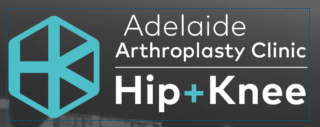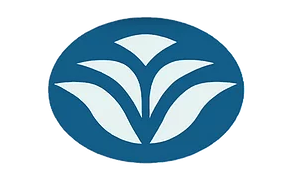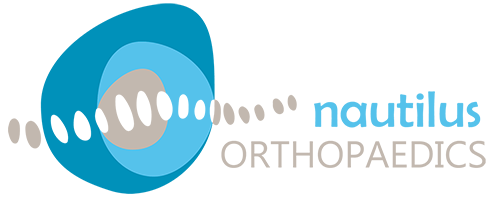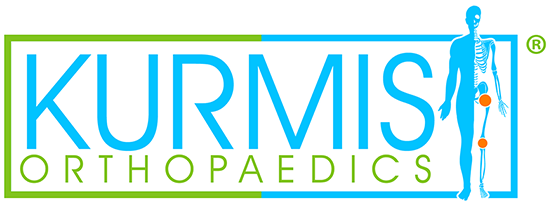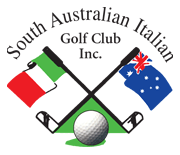We were delighted for Robert Bria – Mayor of the City of Norwood, Payneham and St Peters to officially open our Marryatville Clinic on 31 October 2019.
The evening launch was attended by Mayor Robert Bria; councillors Kevin Duke, Carlo Dottore, Scott Sims; staff, patients, family and friends of The Physio Clinic.
After a few months of planning, in August 2019, we opened the doors to our new physiotherapy practice in Marryatville, South Australia. We were previously located in Toorak Gardens, adjacent to Burnside Hospital for the past five years. The larger, upgraded premises at Marryatville better suit the growing demands for physiotherapy services in the eastern suburbs of Adelaide. Read more


 Each January, we often see a spike in preventable injuries that occur during the festive season. With Christmas fast approaching, we’re sharing our top 5 tips to take care and stay healthy!
Each January, we often see a spike in preventable injuries that occur during the festive season. With Christmas fast approaching, we’re sharing our top 5 tips to take care and stay healthy! 
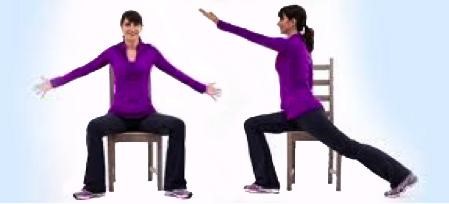
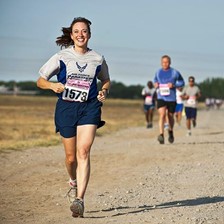
 What does shin splint mean?
What does shin splint mean?
 Unfortunately, if you completely stop exercise the body is quite unforgiving. If you don’t get moving, the science is quite clear:
Unfortunately, if you completely stop exercise the body is quite unforgiving. If you don’t get moving, the science is quite clear: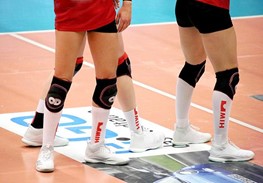
 Fatigue, as well as poor strength and muscular control of the knee usually plays a part however, there are also many reasons are out of our control, such as anatomy, hormones and genetics. Sometimes it can be as simple as bad luck, with the wrong force through the knee at the wrong time on the wrong person.
Fatigue, as well as poor strength and muscular control of the knee usually plays a part however, there are also many reasons are out of our control, such as anatomy, hormones and genetics. Sometimes it can be as simple as bad luck, with the wrong force through the knee at the wrong time on the wrong person.  How often have you caught yourself sitting at your desk, looking up at the clock, only to realise you have been there longer than expected?
How often have you caught yourself sitting at your desk, looking up at the clock, only to realise you have been there longer than expected?




